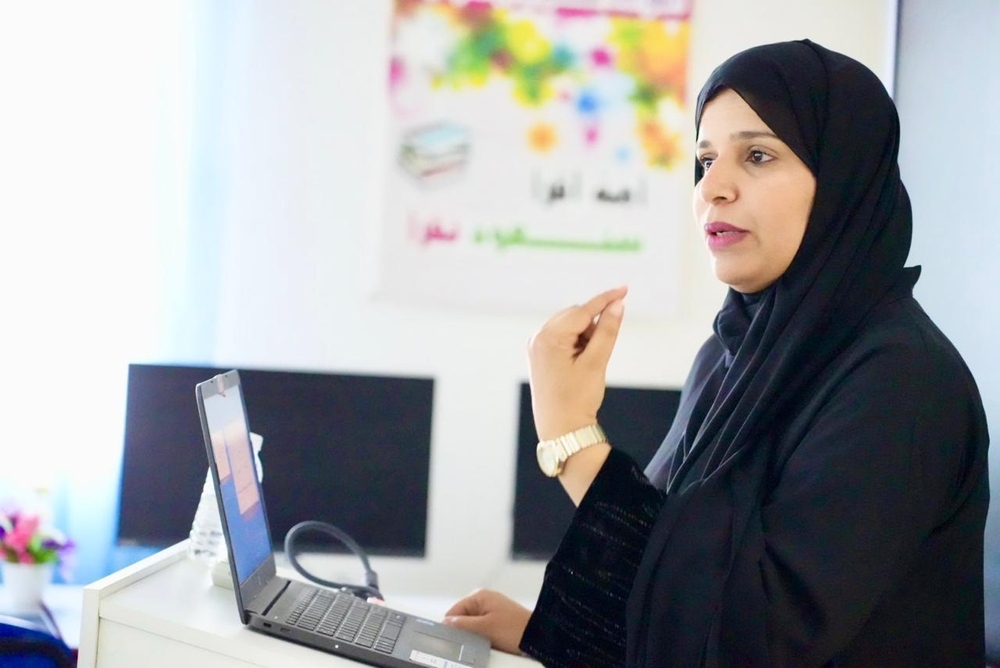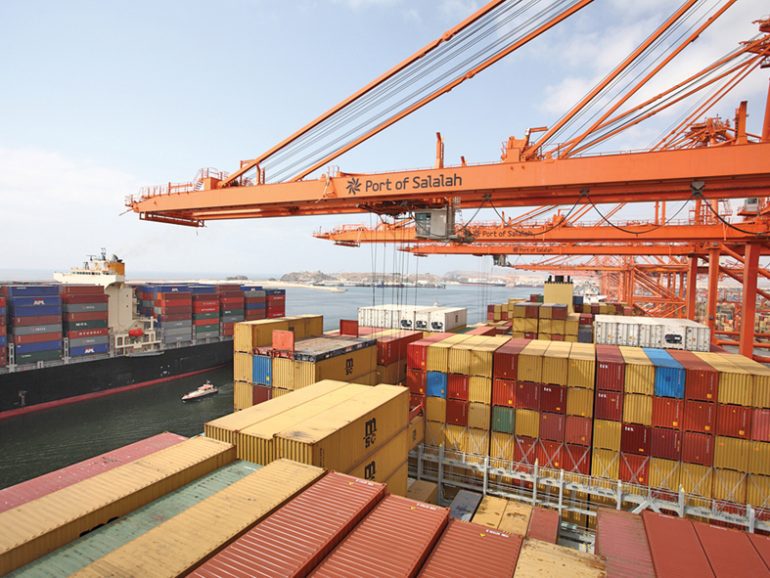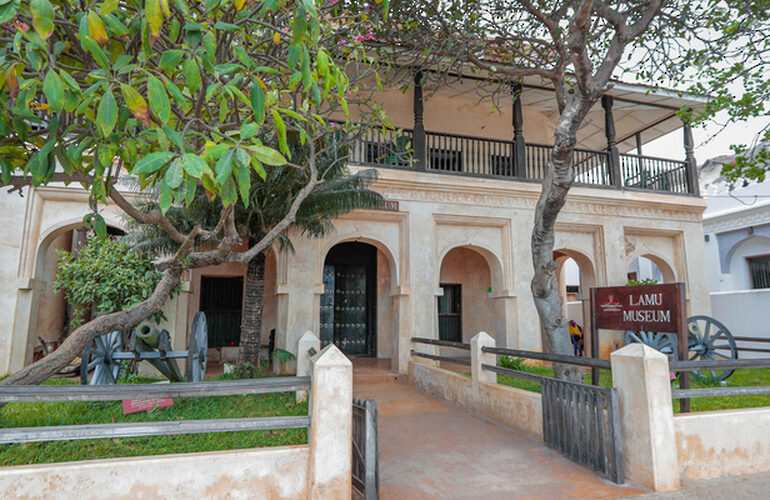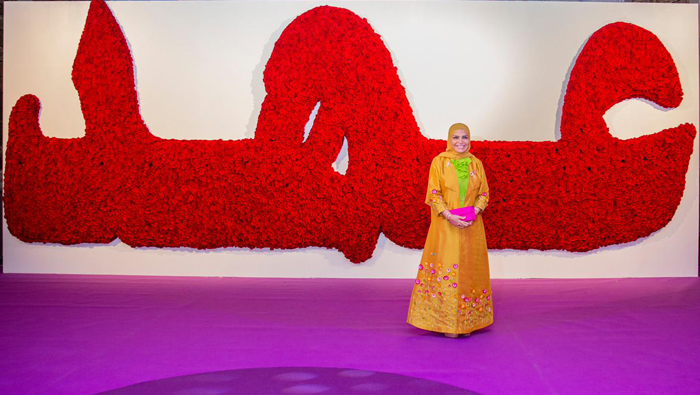Oman Across Ages Museum in Manah has been honoured with one of the world’s most prestigious architecture awards – the Prix Versailles World Titles.
The museum received the ‘Special Prize for an Exterior’, while the ‘Special Prize for an Interior’ was awarded to the Smritivan Earthquake Museum in Bhuj, India. The grand prize, the Prix Versailles, went to the Simose Art Museum in Otake, Japan.
Granted annually at Unesco headquarters in Paris since 2015, the Prix Versailles celebrates architectural excellence by showcasing the finest contemporary achievements worldwide.
In June, for the first time, Prix Versailles unveiled its World’s Most Beautiful Museums List for 2024, featuring seven newly opened or reopened museums that embody creativity, local heritage, and ecological efficiency.
Among the listed museums was Oman Across Ages Museum, recognised for its exceptional impact on its surroundings. Other shortlisted museums included the A4 Art Museum in Chengdu, China; Grand Egyptian Museum in Giza, Egypt; Paleis Het Loo in Apeldoorn, Netherlands; and the Polish History Museum in Warsaw, Poland.
This year’s ceremony was held on December 2, celebrating 70 of the ‘World’s Most Beautiful’ achievements across eight categories: Museums, Hotels, Restaurants, Emporiums, Airports, Campuses, Passenger Stations, and Sports.
This year’s finalists were selected through a rigorous process that reviewed new and recently opened sites across 31 nations. The 2024 World Jury, chaired by Benjamin Millepied, awarded three World Titles in each category.
Commenting on the event, Millepied said, “Architecture has the ability to display creative and stylistic diversity with great force. That diversity is the sign that the attention given to nature, togetherness, and different forms of expertise can help an environment emerge – one that is both receptive to expression and capable of harmony. Such an assembly of actors from every background reminds us of culture’s unique talent for leading humankind into dialogue.”
The recognition affirms Oman Across Ages Museum’s standing as a cultural and architectural beacon, reflecting the nation’s commitment to preserving heritage while embracing modernity.
source/content: muscatdaily.com (headline edited)
_____________
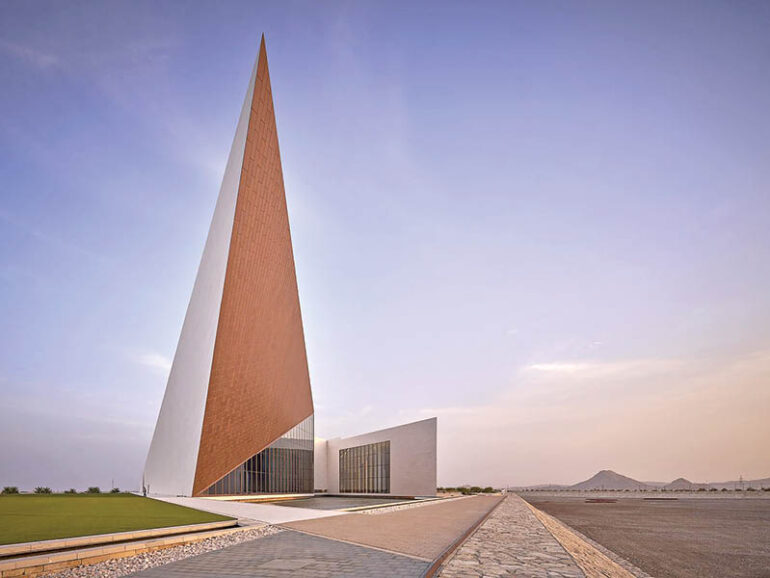
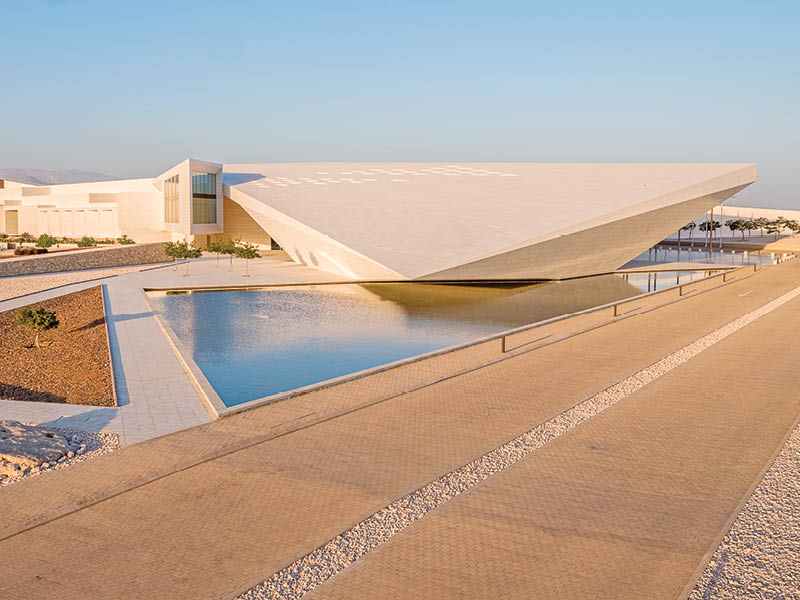
__________
OMAN
